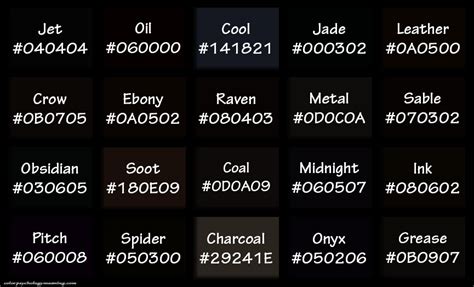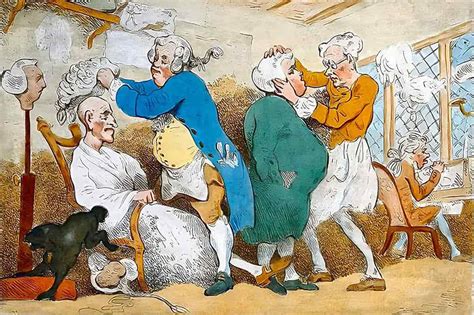Introduction

Originating in the 17th century, the French powder wig has left an indelible mark on fashion history. These elaborate hairstyles were not just adornments but also symbols of status and power. Join us as we delve into five captivating facts about this iconic fashion statement.
#1: A Symbol of Power and Wealth
Powdered wigs were a symbol of status and power in the 18th century. The more elaborate the wig, the higher the wearer’s rank in society. It was estimated that a single wig could cost over 100 guineas, an extravagant sum at the time.
#2: Made from Real Human Hair
Contrary to popular belief, powdered wigs were typically made from real human hair. However, the process of preparing the hair was extremely labor-intensive. The hair was washed, boiled, and combed repeatedly, then coated in wheat flour or starch powder.
#3: A Breeding Ground for Lice
The conditions inside powdered wigs were ideal for the growth of lice. The wigs were rarely washed, and the powder provided a perfect hiding spot for these pesky parasites. It was reported that Queen Anne of England had to cut her hair short due to an infestation of lice.
#4: A Fashionable Hazard
Powdered wigs often weighed several pounds and could be extremely uncomfortable. They could cause headaches, neck pain, and scalp irritation. The powder also had a tendency to get into the eyes and lungs, causing further discomfort.
#5: A Symbol of the Enlightenment
The French Revolution in 1789 marked the end of the powdered wig era. The wig became associated with the excesses of the aristocracy and was seen as a symbol of oppression. After the revolution, people began to adopt more natural hairstyles.
Conclusion
The French powder wig was a fascinating fashion statement that embodied status, wealth, and power. However, it also had its drawbacks, including the potential for lice infestation and discomfort. While the powdered wig is no longer in fashion, it remains an iconic symbol of the 18th century and a testament to the ever-changing nature of human vanity.
